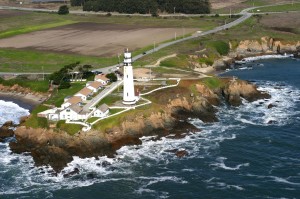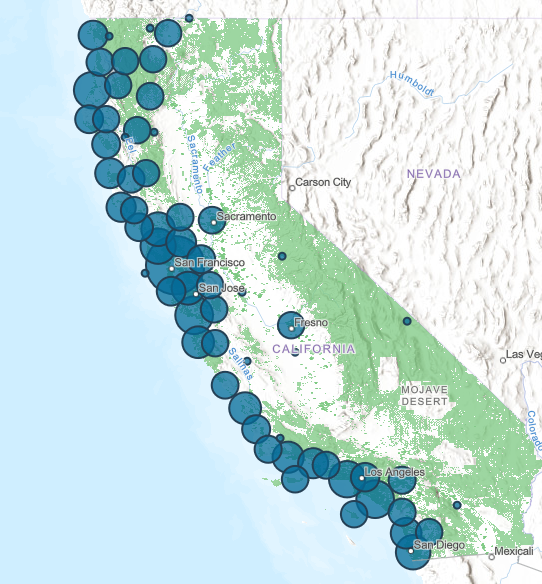CLIMATE READY PROGRAM
The Coastal Conservancy’s Climate Ready program provides a focus for our work protecting important coastal resources and habitats from the current and future impacts of climate change. The Conservancy is collaborating with local partners and other agencies to reduce greenhouse gas emissions and prepare communities along the coast and within the San Francisco Bay for climate change. SB 1066 (Lieu) effective January 1, 2013 gave the Coastal Conservancy explicit authority to work with its partners on projects to address the effects of climate change on coastal resources along the coast and within the San Francisco Bay Area, including those that:
- prepare our communities for extreme weather events, sea level rise, storm surge, beach and bluff erosion, salt water intrusion, and flooding;
- address threats to coastal communities, natural resources and infrastructure; and
- reduce greenhouse gas emissions.
Climate Ready Programmatic Priorities
Projects selected for funding under the Climate Ready program will be those that best incorporate the following Climate Ready Programmatic Priorities (adapted in part from climate-smart principles developed by the National Wildlife Federation Climate Change Adaptation Principles, 2011, Resource Legacy Fund, 2012 and Climate Smart Practices by Point Blue, 2013):
- Safeguard people and wildlife by using nature-based solutions that provide co-benefits for people, wildlife, and the economy.
- Prioritize projects that maximize public benefits and avoid maladaptation.
- Promote collaboration among various stakeholders and multiple sectors. Establish and expand non-traditional alliances to accelerate effective problem-solving between and among public and private resource managers, scientists, and decision-makers.
- Incorporate the best available science by utilizing peer-reviewed and well-documented climate science, climate adaptation strategies, and management practices.
- Focus on future climatic and ecological conditions rather than the past.
- Design actions from a landscape, ecosystem, and watershed perspective on a regional scale.
- Account for a high degree of uncertainty by developing and implementing strategies that provide the greatest benefits across a range of possible future climate scenarios.
- Minimize energy use and greenhouse gas emissions. Enhance the ability of natural systems to sequester greenhouse gases.
- Address the needs of low-income and other underserved populations that will be highly impacted by climate change.
- Promote on-the-ground demonstration projects that implement innovative approaches or enhance understanding of effective management strategies and will potentially lead to broader change to policies, regulations, or to duplicating the effort elsewhere;
- Incorporates a project-appropriate outreach or educational component.




